Here’s a confession: I grew up in a small town where the idea of “night fun” involves stargazing, taking leisurely late-night walks, or being serenaded by the oddly calming sound of chirping crickets. So, the first time I set foot into the city’s pulsating nightlife scene, I was culture shocked.
Don’t get me wrong, though. Despite my upbringing, I wasn’t entirely in the dark—pun intended—about what goes on in the urban jungle. I knew what I was getting into. Still, the flashing lights, the thumping music threatening to shatter my eardrums, and the sea of people dressed to the nines made me feel like a fish out of water. I didn’t fit in. I was convinced that it was a realm I could never truly inhabit.
Nevertheless, the fascination lingered. Call it the allure of the unknown, the curiosity of a bumpkin, or perhaps just plain stubbornness. Whatever it is, I developed an itch to peel back the layers of this nocturnal scene and figure out what makes it tick. I wanted to comprehend how people could *willingly* subject themselves to such sensory overload.
But I wasn’t about to sacrifice my comfort nor endure hours-long traffic jams just to feed this curiosity. Instead, I took a more vicarious approach—a way that even socially anxious folks can comfortably indulge in. Binge-watching films and/or series that explore the scene and listening to my close friends’ exaggerated nightlife anecdotes (“An A-list celebrity went wild on the dance floor last night—you should’ve seen how wasted they were!”) have become my virtual VIP pass to after-hours revels.
And just recently, I discovered a new portal to this low-light wonderland: the lens of nightlife photographers. As it turns out, a picture is—indeed—worth a thousand words. It can decode the cryptic language and mysteries of the night scene, just take it from these three local snappers we snagged a chat with: Ricardo Yan, Ennuh Tiu, and Javier Pimentel.
Ricardo Yan
Written by Kleo Catienza
“My parents don’t allow me to go to clubs.”
Now, doesn’t that read like the beginning of a classic rebellious teen flick? Cue the montage of tiptoeing past your parents’ room, faking group study sessions, and sobering up before sneaking back home—all set to a groovy ’80s soundtrack.
For nightlife photographer Ricardo Yan, though, that line was the start of a delayed rendezvous with what would be his artistic calling. “When I was still studying [photography], I was more into studio portraiture, street, and male nude,” he reveals in an exclusive chat. “But I’ve always been curious about the nightlife scene since my parents don’t allow me to go to clubs.”
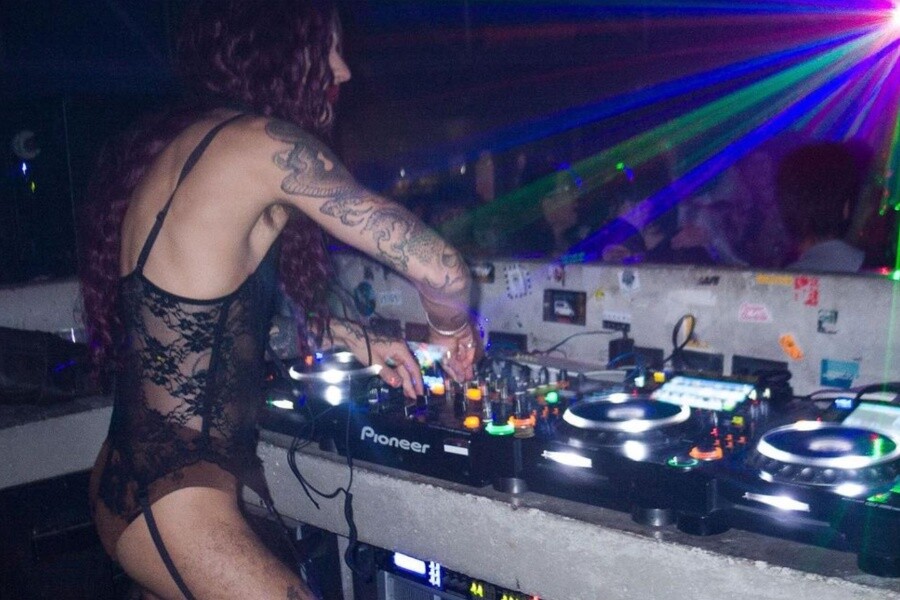
Little did he know that the place his parents deemed “off-limits” was about to become his canvas, his “safe space,” and somehow, his playground. “I discovered it was a place to let loose and be free to be myself, and while at it, I documented how I felt,” says Ricardo. “It felt like a release for me of the dormant energy that I’ve been keeping.”
But let’s trace the plot back a little: How exactly did Ricardo find himself in the middle of a club for the first time? Well, as the photographer puts it, the COVID-19 pandemic played an unexpected role.
Apart from the health risks, lockdowns, and restrictions, most creatives were worried about the stagnation of their respective craft, too—and Ricardo was no exception. The photographer reveals that he had experienced some sort of a creative dry spell during that time, with his motivation plummeting amid the chaos.
Fortunately, similar to any protagonist of a coming-of-age movie, Ricardo’s origin story didn’t end in tragedy. The grip of the pandemic began to loosen, and the nightlife scene started to pulse back to life. Clubs reopened, dance floors beckoned, and he took this as a chance to finally explore the territory.
“I find it quite beautiful when friends talk to each other on the dance floor, when people kiss and hug each other, or when [they] spiritually ascend into something higher because of the music. There is something magical when [those happen] and I just can’t help but capture [them],” Ricardo divulges. “[Probably] because I don’t experience what they experience, and in a way, [I’m] like filling in a void within myself.”
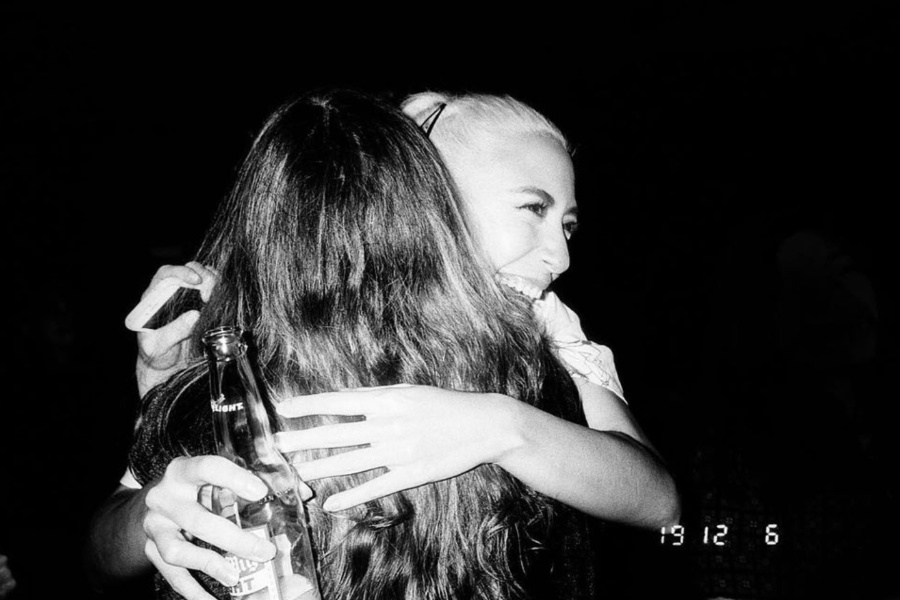
Before getting into this kind of photography, how did nightlife play a part in your life as a creative? Was it a form of escape or expression? To me, it’s always an escape from the world that rejected us—like [our own] church where we all gather and meditate on the dance floor. It’s therapeutic for me—ascending with the music, with the beat, and with the people that appreciate and will do you no harm.
What’s the most unorthodox moment you’ve shot? How did it impact your portfolio and personal growth as a photographer?
It is probably [the one at] The Elephant Party’s Halloween party. I captured two women hugging each other. Little did I know that it was just a few hours till they confessed their feelings for each other; and they told me [about it] after I released the photo on IG. That was one of the intimate moments that I love and cherish till this day.
Many rookie photographers struggle to find their own niche and style. Can you share some personal anecdotes on how you developed your signature visual language?
I’d say try to copy or replicate the styles of the photographers you look up to and try to do what they do. Do research on why they do that and try to be as close to it. From there, you make a twist of your own, and that’s how you find your style.
Other than that, find something that sparks your curiosity or [get inspiration from a] personal experience and make a concept out of it. Keep on doing it and always ask for input from your peers and the people [who] support you.
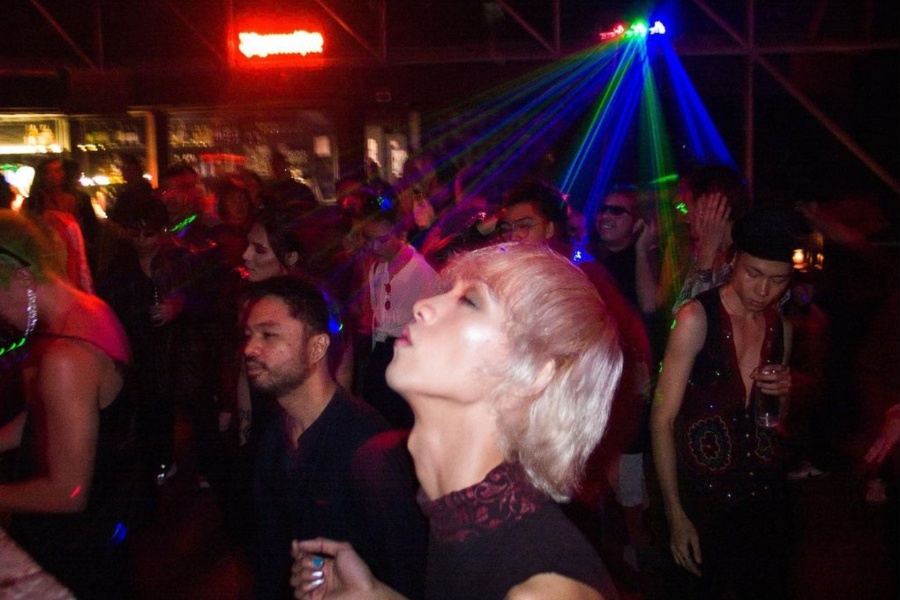
What’s your secret to maintaining diversity in your work and avoiding getting pigeonholed into a single style or type of event?
I’ve been taking a lot of photos of raving and the queer nightlife scene. But lately, I have been trying to [rekindle] my studio work, as well as my gallery work, which [are] what I’d really want to do in the near future.
Smartphones have somehow changed the way we document life. How do you continue making something distinct in an era of quick selfies and snapshots?
A smartphone can definitely be used for photography. I always say the best camera is the one already with you; you’ll just have to learn its limitations. A smartphone—[however]—won’t have the same effect as a DSLR, because of the physics of light and its relation with optics. A larger sensor will always render smoother gradations than with a [smaller] one, especially when they have to cram as much in a small tight space of a phone. [In] the end, it’s all about light and how it gets recorded.
What are your long-term goals as a nightlife photographer? Is there a project (or destination) you’ve always dreamed of capturing, and how do you plan to achieve it?
My goal would be to have [my shots] exhibited, and make a book about the resurgence of the queer nightlife scene.
Ennuh Tiu
Written by Jelou Galang
There’s a myriad of emotions you can have while flipping through the virtual photobook of Ennuh Tiu. To me, though, it particularly feels like picking up my kaleidoscope toy when I was in preschool. It’s been more than a decade since then, but somehow I find myself reliving that enigmatic wonder when I stumbled upon this freelance photographer-slash-creative strategist’s body of work.
From trippy backstage portraits of local musicians, action-packed party details, to enchanting stage snapshots mid-drag shows, Ennuh creates an electrifying harmony in patterns and colors—and it even thrives more in the nightlife scene. “I’ve always been drawn to individuals with a unique form of expression—people who embrace color, wear shiny, flashy things,” she says in our exclusive chat.
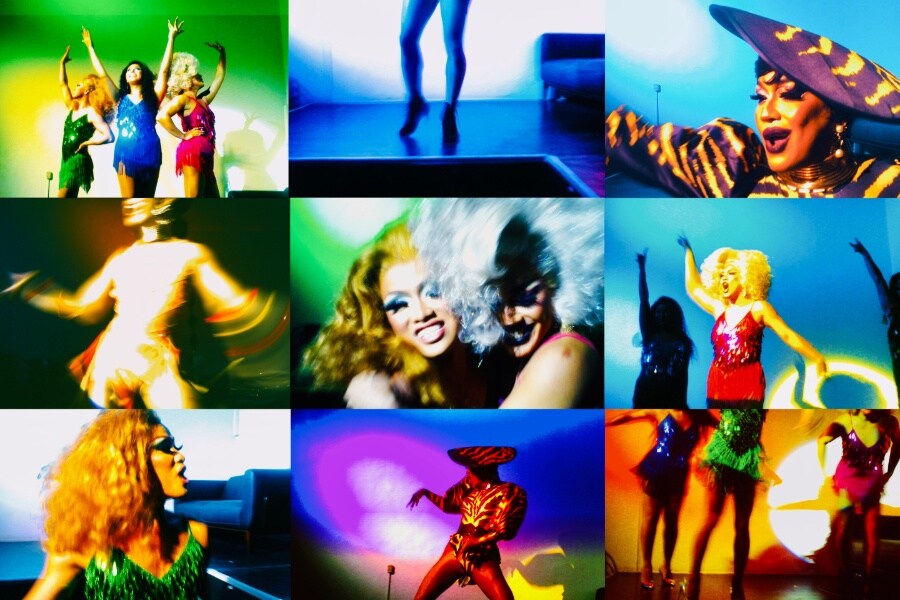
She further reveals: “Seeing someone look this way gives me the excitement and the energy to want to photograph them. Sometimes I go out specifically because I love taking photos of these types of people. My genuine interest in nightlife and its people lets me authentically capture the culture, reflecting my strong connection with it.”
Ennuh started immortalizing pieces of nightlife in 2016—the same year she began going to TodayxFuture. “It was a welcome change from the typical bars I would go to. I felt safe and that I belonged,” she confesses. “The good thing now is that we’re in an era where the parties don’t have to be tied to a particular place but to the community that brings it, and what makes it fun is the way like-minded people express themselves and come alive in these events.”
The younger version of her would look at nightlife as an escape. Now, it still is—only that it has become a portal for expression as well. With a penchant for diaristic photography, she continues to fuel her desire to document life and the people she comes across—and with what it looks like right now, her magic has created characters out of them in Ennuh’s own world, too.
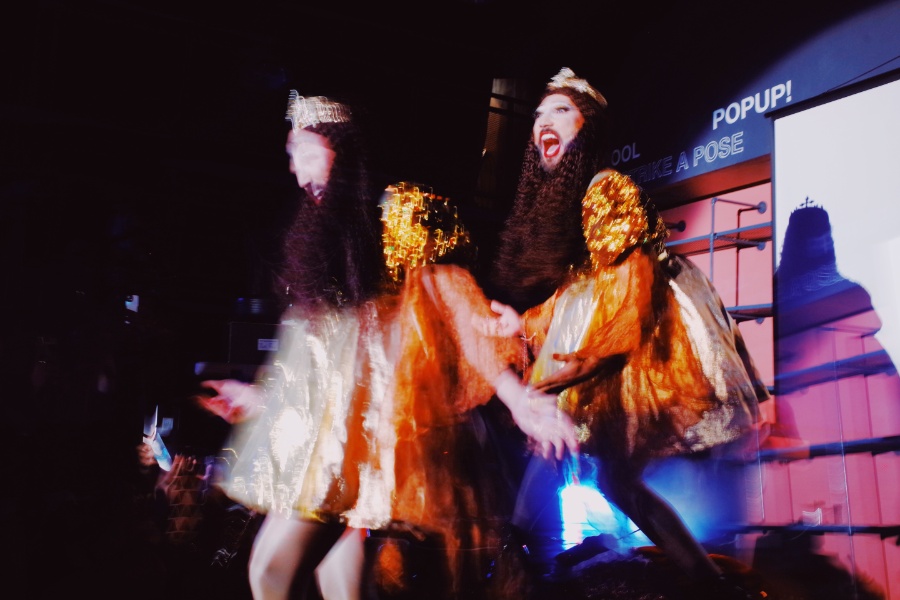
Photography has many genres. What drove you to focus on nightlife, and what aspects of this niche drew you in the most?
I love diaristic photography, and my passion for photography actually began as a desire to document my life—the people I meet, what’s happening, and so on. In 2016, I started going to the now-closed TodayxFuture, and the urge to document became an integral part of my creative process.
How do you navigate the line between capturing authentic scenes and respecting privacy/boundaries when photographing random revelers in various nightlife settings?
Start by taking photos of people who know you and are comfortable around you—friends, mutuals, etc. If you want to take a posed photo, ask for consent. Always check if the venue allows photography and flash. VIBE CHECK! Seek out events where people dress up and it’s implied that you might get photographed somehow—like Halloween or drag events. One of my favorite photos to this day is a photo of a stranger in TodayxFuture dressed as MikMik candy. When I saw him, I knew that I couldn’t not ask to take his photo.
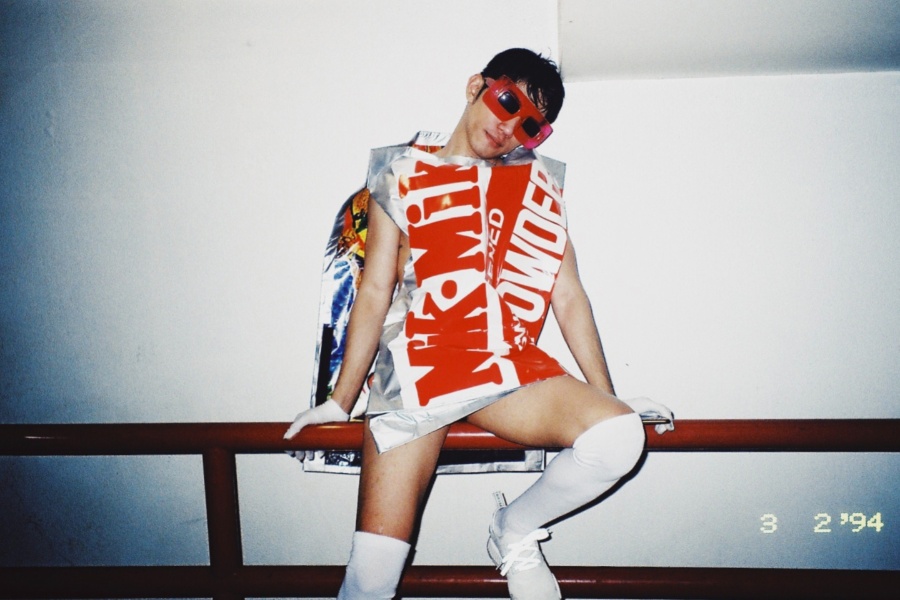
Sometimes wanting to take a photo also gives you a reason to talk and mingle with people. Chat them up, then ask if you can take their photo. If all else fails, you can also try intentionally shooting a blurry photo (laughs).
What’s your secret to maintaining diversity in your work and avoiding getting pigeonholed into a single style or type of event?
I photograph events that I personally love to attend so it’s easier for me to capture different aspects. I usually photograph things that make me feel joy, whether it’s a performance in a gig or drag show, a piece of clothing, the energy of the crowd, etc. and convey my experience emotionally through the photographs that I take.
Smartphones have somehow changed the way we document life. How do you continue making something distinct in an era of quick selfies and snapshots?
The thing with smartphones is that we use it for so many things, and oftentimes, it can be a form of distraction. I have a deeper connection with photographs I take using actual cameras, because I’m more focused and intentional in capturing a moment, and I don’t have the option of getting distracted by a message or using social media. It also helps that the output of the cameras I use communicate visually and emotionally better than a phone.
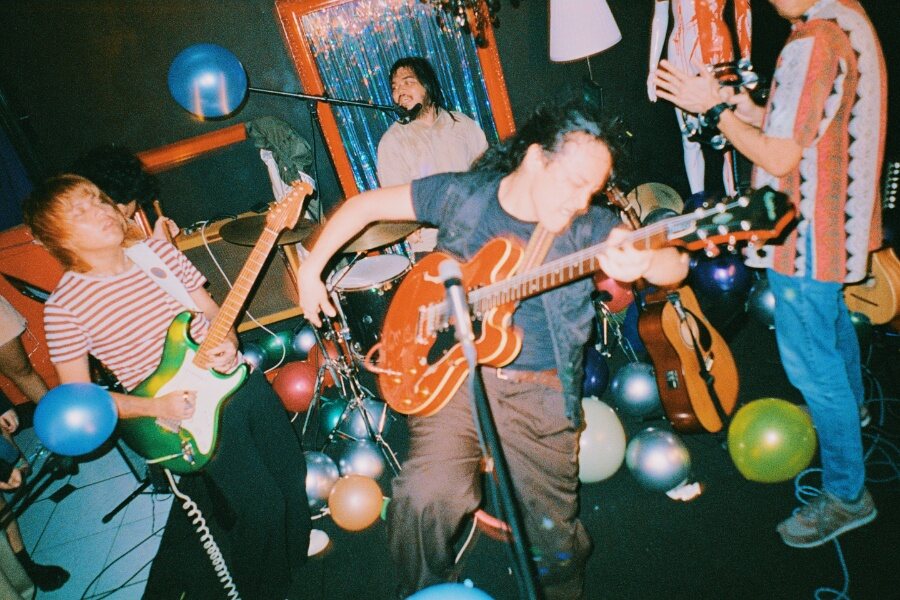
Many rookie photographers struggle to find their own niche and style. Can you share some personal anecdotes on how you developed your signature visual language?
I am a collage of all my influences. It helps to identify what style resonates with you. Find photographers whose work inspires you, find out what you like about them and try to incorporate those elements in your work. Always have a mood board. Try and find your unique voice through all your influences and connect it to who you are as a person. Mix and match. Experiment. When it comes to photographing nightlife, also consider what camera/s will give you the freedom to photograph and still enjoy and immerse in the scene fully.
What are your long-term goals as a nightlife photographer? Is there a project (or destination) you’ve always dreamed of capturing, and how do you plan to achieve it?
No concrete plans yet, but I want to be able to explore and document different nightlife cultures in regional provinces of the Philippines and see the distinction of their scene compared to Manila.
Javier Pimentel
Written by Kleo Catienza
If I were to describe Javier Pimentel’s venture into nightlife photography, I’d say it is less of a calculated career move, and more of a natural evolution. It is akin to a night out itself: candid, stimulating, and ultimately revealing. You know how one typically doesn’t go to a party with a laid-out blueprint of how the night must unfold but rather lets it flow freely? In a way, Javier’s journey behind the lens mirrors this spontaneity.
“When I started shooting film photography, it was really just a way for me to document my life,” he quips. “It just so happened that I was going to a lot of gigs, raves, and everything in between.”
But what started out as mere self-indulgence soon evolved into a full-blown passion. Amid the flashing lights and pulsating beats, Javier has seemingly discovered a new dimension of art—one that thrives on chaos and energy. “When it comes to these parties and raves, everything’s unpredictable,” he says. “I do have certain shots I want to capture—but more or less, I just let the night dictate what I end up capturing.”
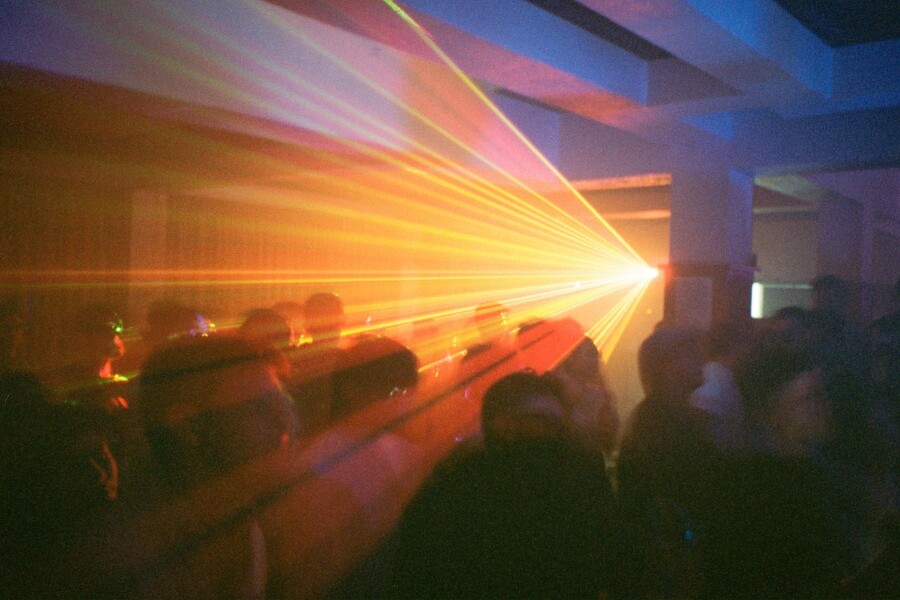
Whether it’s the ethereal glow enveloping a DJ bathed in celestial light or the quiet moments of respite in random corners of the club, his photos now serve as windows to a subculture where any inhibition dissolve under neon hues, and unbridled euphoria, unspoken connections, and raw vulnerability intertwine.
With this, he emphasizes: “If you want to get the best photos, you need to be invested in the culture—and be one with everything. [After all,] the best pictures come from the more intimate moments. And to have that, you need to be [a] part [of] and engage in the scene.”
Mood and atmosphere vary from one location to another. How do you adapt your style to catch the distinct vibe of every setting you cover? Plus, how do you identify things worth capturing?
Just being observant and [anticipating] moments—especially [while music’s playing]—that’s where you can find interesting moments in the crowd. [You may also] step out of the dance floor and initiate conversations in different parts of the venue or even outside. It really is [just a matter of] being aware and sensitive of what’s going on.
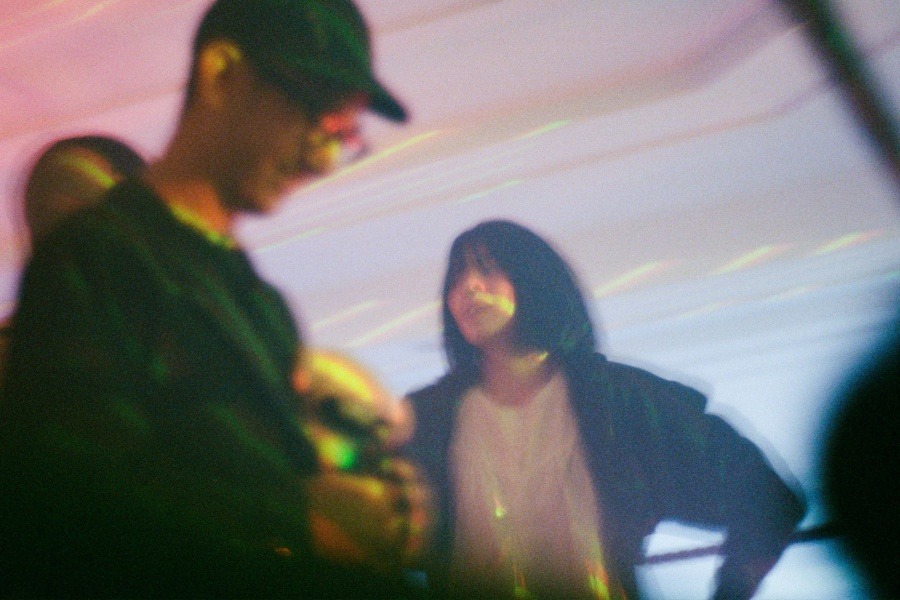
What’s the most unorthodox moment you’ve shot? How did it impact your portfolio and personal growth as a photographer?
I [once] went to the afterparty of Rainbow Disco Club in Tokyo, Japan, and I was able to capture this really interesting shot of light “piercing” Jayda G. It kinda looked like the religious paintings I would see in Church. Since then, I have had variations of that shot in—more or less—[every] gig I go to. The combination of the lights, the movement of the crowd, and (especially if I’m using film) the unpredictability of the result [are] what made me take [such shots] constantly.
How do you navigate the line between capturing authentic scenes and respecting privacy/boundaries when photographing random revelers in various nightlife settings?
I think about this all the time! [Because] if you go to places abroad, most of the time, photography isn’t allowed—or flash photography at least. So, you really have to be sneaky or follow the rules, especially in more underground or liberal places. [That’s why] when I take pictures, I try to do it from a safe distance, and with respect to their personal space. Plus, a lot of my photos don’t use flash, as I don’t want to distract or disturb anyone with it. I [also review my shots before posting them] and tend to delete those that look too personal or revealing.

Many rookie photographers struggle to find their own niche and style. Can you share some personal anecdotes on how you developed your signature visual language?
It [could be] a combination of your influences, tastes, and experiences that helps you find your own signature. [You can look for] references—whether it’s another photographer or just something else. Personally, cinema was a big factor when it comes to my digital photography as there were certain colors and framing I wanted to emulate. [On-ground] experiences can [help you] learn and figure out what you like or don’t, too.
Smartphones have somehow changed the way we document life. How do you continue making something distinct in an era of quick selfies and snapshots?
With smartphones, everything becomes much easier. [That’s] for sure. But I think no matter the medium—may it be a phone, DSLR, or film camera—if you shoot with authenticity and purpose, your photos will always stand out.
What are your long-term goals as a nightlife photographer? Is there a project (or destination) you’ve always dreamed of capturing, and how do you plan to achieve it?
Right now, I’m trying to find common elements or themes to tie [my photos] up together as a cohesive project. I have some ideas, but I’ll let them sit for now and see how it goes. Eventually, I want to have a photobook or a zine and a party or [an] exhibit for [everything] I’ve taken [so far]. Maybe being a photographer for some [raves] and festivals [both] locally and abroad would be something I’d love to do, too. At the end of the day, I don’t think I’ll stop taking photos until I “retire” from nightlife.
Read more:
What’s inside the galleries of Gen Zs using 2000s digicams and camcorders
Take a shot at analog photography through these 7 Instagram shops
It’s high time we take our grassroots genres seriously—and this budots showcase is proof
Banner art by Ashley Valdenarro
Photos from Ricardo Yan, Javier Pimentel, and Ennuh Tiu















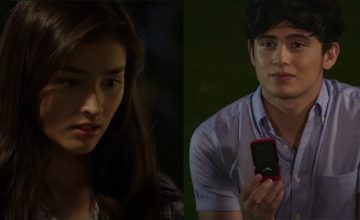
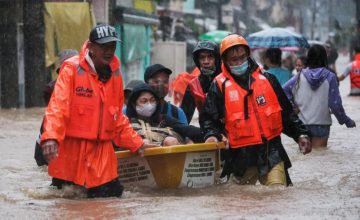
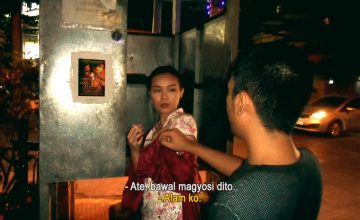






Comments